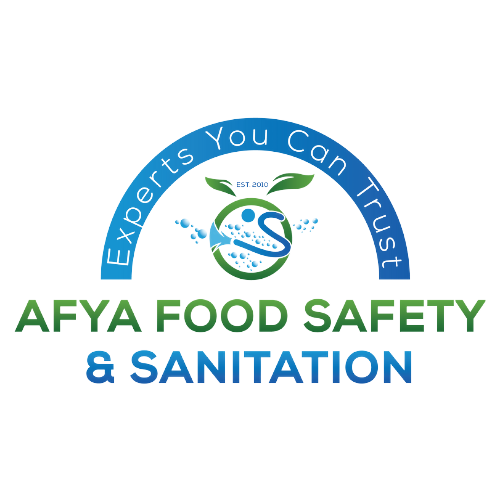
Please Wait For Loading

Please Wait For Loading
Maryland, MD USA
+1 (443) 666-9132
info@afyafoodsafety.com
Opening Hours: 9:00 AM - 5:00 PM
Copyright ©Afya Food Safety all rights reserved.
You can also reach us via Phone: +1 443 666 9132 or via Email:info@afyafoodsafety.com
5 Food Safety Challenges in Food Delivery and Takeout Age
Introduction
The food delivery service and takeout industry has experienced a significant boom in recent years, thanks to the convenience it offers to busy consumers. However, as this industry continues to grow, it brings unique challenges related to food safety, and therefore, it is essential to ensure that food remains safe and hygienic during transportation and delivery. Let us explore five food safety challenges that have emerged in the era of food delivery and takeout:
Temperature Regulation during Food Delivery
Keeping food at the right temperature throughout delivery and takeout is one of the biggest concerns. To stop dangerous bacteria from growing, hot foods must stay hot, and cold foods must remain cold. It might be difficult to guarantee that food is delivered at the proper temperature, particularly on lengthy delivery routes or in inclement weather. To meet this problem, restaurants and delivery services should invest in high-quality thermal packaging and delivery vehicles with temperature control systems.
Packaging Integrity for Food Delivery
The integrity of food packaging is critical for food safety. Tampered or damaged packaging can expose the food to contamination. With the rise of third-party delivery services, multiple hands may handle the food package during transit, increasing the risk of damage. Restaurants and delivery services must invest in tamper-evident packaging solutions to ensure that customers receive their food in the same condition it left the kitchen.
Cross Contamination
Cross-contamination remains a significant concern, even in the era of food delivery. During the preparation and packaging of various dishes, there is a risk of cross-contamination between allergens or pathogens. Restaurants must have strict protocols to prevent cross-contact between different food items. Proper training of kitchen staff and clear labeling of allergenic ingredients are essential steps in addressing this challenge.
Hygiene of the Food Delivery Personnel
Food safety doesn’t end in the kitchen; it extends to the individuals responsible for delivering the food. Delivery personnel play a role in ensuring the food remains safe during transit. Restaurants and delivery services must implement rigorous hygiene standards for their staff, including handwashing, use of gloves, and maintaining clean uniforms. Regular health checks for delivery personnel can also help prevent the spread of foodborne illnesses.
Food Traceability and Recall
Managing food recalls and traceability can pose a considerable challenge when addressing food safety issues, especially for individual food items delivered to customers. The ability to distinguish and reach out to customers who may have received contaminated food can be a complex task compared to settings where food is consumed on-site. To effectively address food safety concerns, restaurants, and food delivery services must establish robust food tracking systems that facilitate the swift identification and communication with affected clients.
Conclusion
The era of food delivery and takeout has ushered in a range of conveniences for consumers. However, it has also introduced distinctive food safety concerns. Fundamental areas such as temperature control, packaging integrity, prevention of cross-contamination, hygiene of delivery personnel, and ensuring food traceability are pivotal aspects that both restaurants and food delivery services need to proactively address to safeguard the health and well-being of their clientele.
As consumers continue to rely on the convenience of food delivery and takeout services, the industry must remain unwavering in its commitment to upholding the most stringent food safety standards. Achieving this requires the implementation of stringent protocols, investments in appropriate packaging and transportation solutions, and a dedication to continuous staff training and impeccable hygiene practices. Through these measures, the food delivery and takeout sector can successfully navigate and mitigate these unique food safety challenges and continue to thrive while ensuring the safety of the food they deliver to their customers.
Related Posts
Categories
Antibiotic Resistance: A Growing Threat to Food Safety
April 17, 2025Understanding Cross-Contamination: A Major Food Safety Risk
March 31, 2025Calender